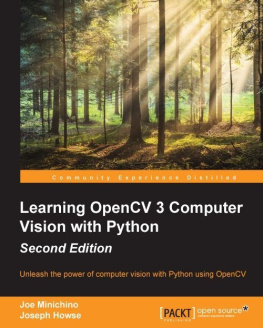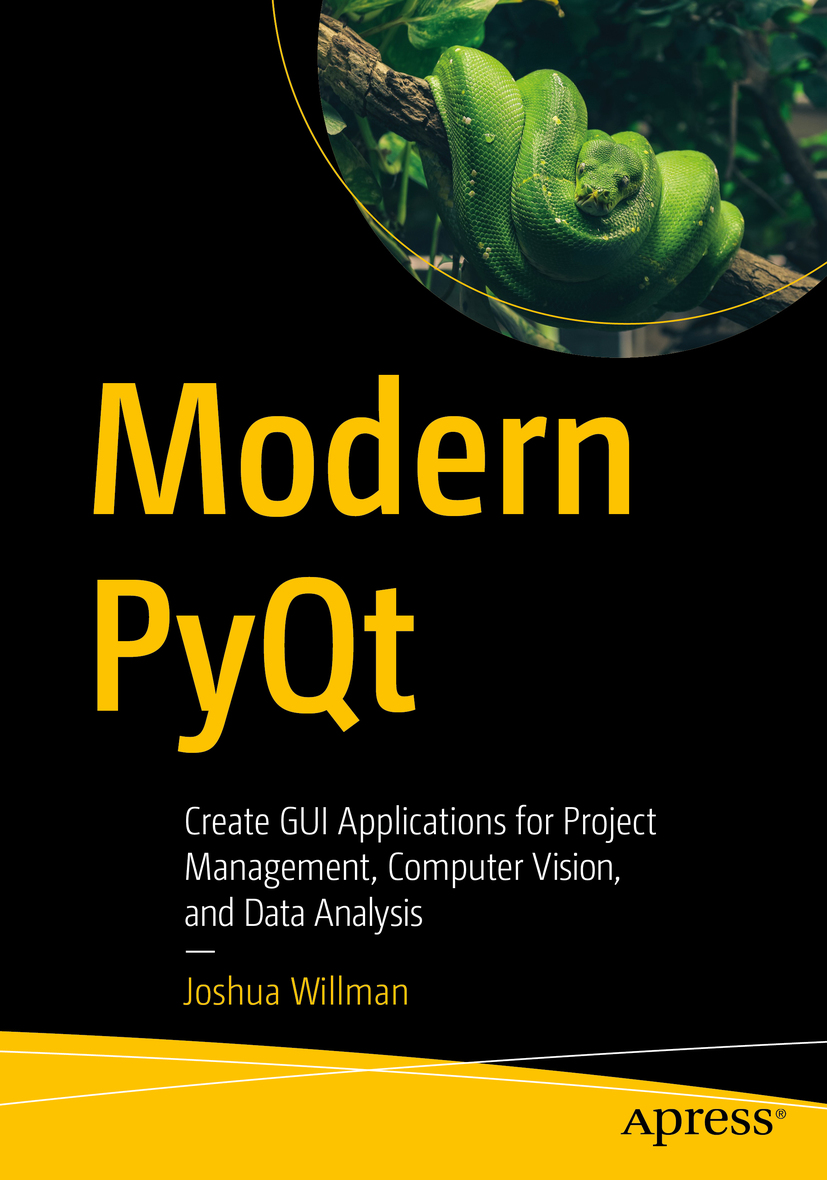Joshua Willman - Modern PyQT: Create GUI Applications for Project Management, Computer Vision, and Data Analysis
Here you can read online Joshua Willman - Modern PyQT: Create GUI Applications for Project Management, Computer Vision, and Data Analysis full text of the book (entire story) in english for free. Download pdf and epub, get meaning, cover and reviews about this ebook. year: 2020, publisher: Apress, genre: Computer. Description of the work, (preface) as well as reviews are available. Best literature library LitArk.com created for fans of good reading and offers a wide selection of genres:
Romance novel
Science fiction
Adventure
Detective
Science
History
Home and family
Prose
Art
Politics
Computer
Non-fiction
Religion
Business
Children
Humor
Choose a favorite category and find really read worthwhile books. Enjoy immersion in the world of imagination, feel the emotions of the characters or learn something new for yourself, make an fascinating discovery.
- Book:Modern PyQT: Create GUI Applications for Project Management, Computer Vision, and Data Analysis
- Author:
- Publisher:Apress
- Genre:
- Year:2020
- Rating:3 / 5
- Favourites:Add to favourites
- Your mark:
Modern PyQT: Create GUI Applications for Project Management, Computer Vision, and Data Analysis: summary, description and annotation
We offer to read an annotation, description, summary or preface (depends on what the author of the book "Modern PyQT: Create GUI Applications for Project Management, Computer Vision, and Data Analysis" wrote himself). If you haven't found the necessary information about the book — write in the comments, we will try to find it.
Dive into GUI application development and create useful applications for practical and relevant topics in the fields of business, computer science, and research. This book uses a realistic approach to help get you started designing and building the applications you need while learning new tools along the way.
PyQt has a vast collection of tools that you can use to create GUIs, many of which seem to go unexplored. In Modern PyQt, you will go beyond some of the fundamental topics of GUI development in order to begin building useful desktop applications. Through extensive examples and hands-on projects, you will explore how to make applications for data analysis and visualization using graphs, computer vision with OpenCV and PyQt, the basics of networking, handling databases with SQL, and more!
Whether you are looking for new ideas to practice your skills as a programmer or you have a specific goal in mind and need some help to get your ideas off the ground, there is something in Modern PyQt for you!
What You Will Learn- Create cross-platform GUIs with Python and PyQt.
- Understand the important PyQt classes, widgets, and concepts needed for building interactive and practical applications.
- Find out how to embed useful Python modules into your applications to create more advanced GUIs.
- Build useful applications that you can improve or make into something completely new with Python and PyQt.
Intermediate level programmers or above in Python. GUI developers with some experience designing GUIs. Even if they have never used PyQt before, the concepts learned from other toolkits, such as Tkinter or wxPython, can be carried over for developing applications with using PyQt.
Joshua Willman: author's other books
Who wrote Modern PyQT: Create GUI Applications for Project Management, Computer Vision, and Data Analysis? Find out the surname, the name of the author of the book and a list of all author's works by series.

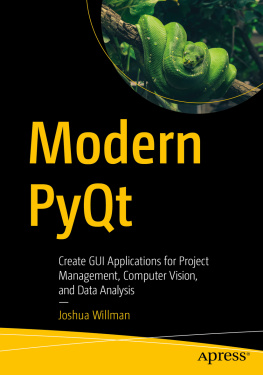
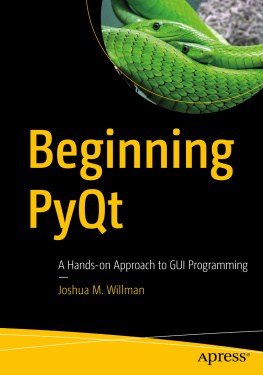

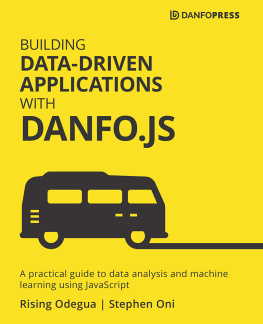


![Mark Summerfield [Mark Summerfield] - Rapid GUI Programming with Python and Qt: The Definitive Guide to PyQt Programming](/uploads/posts/book/119719/thumbs/mark-summerfield-mark-summerfield-rapid-gui.jpg)
